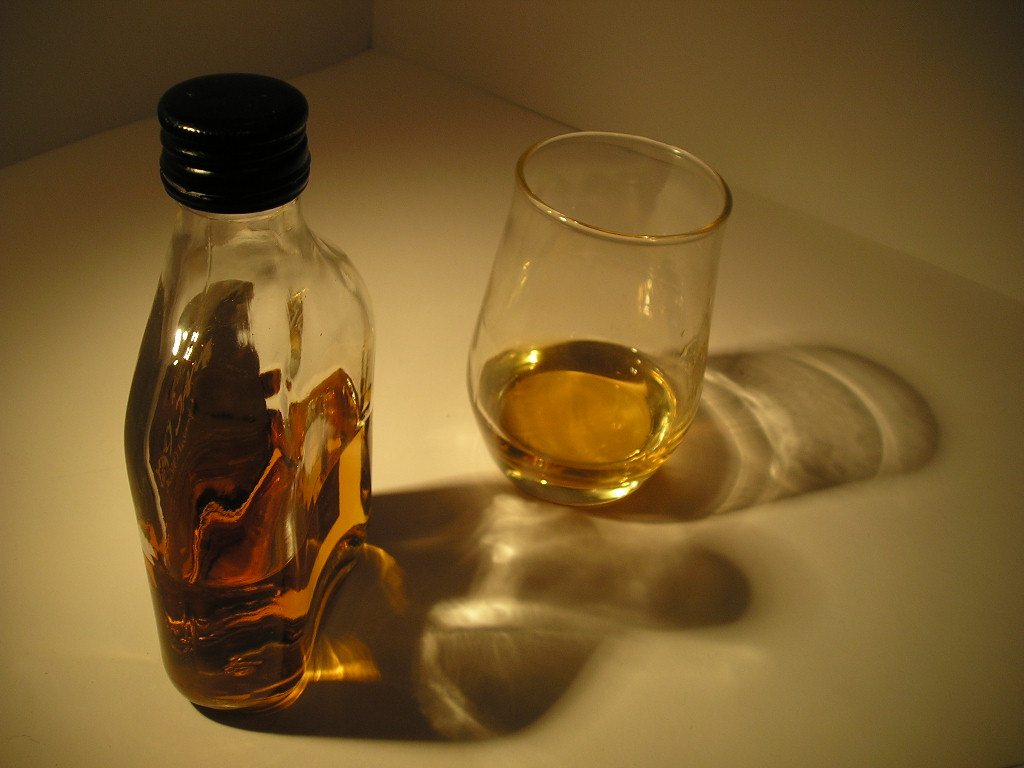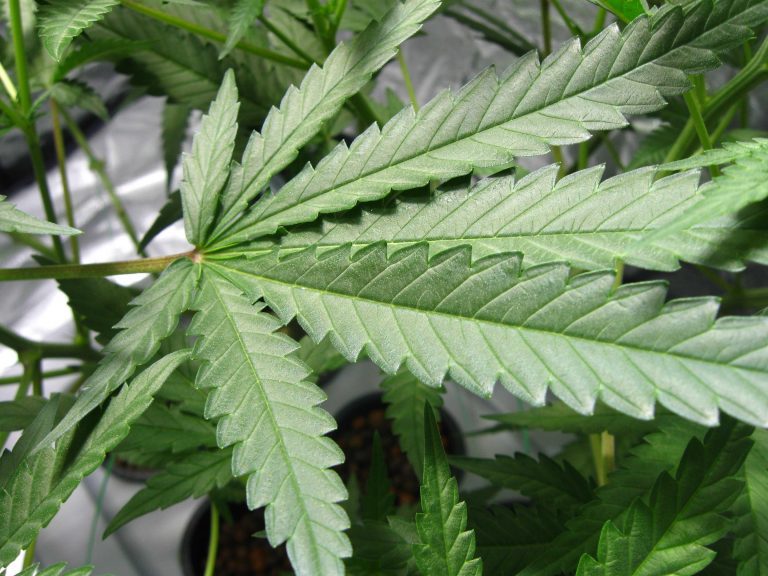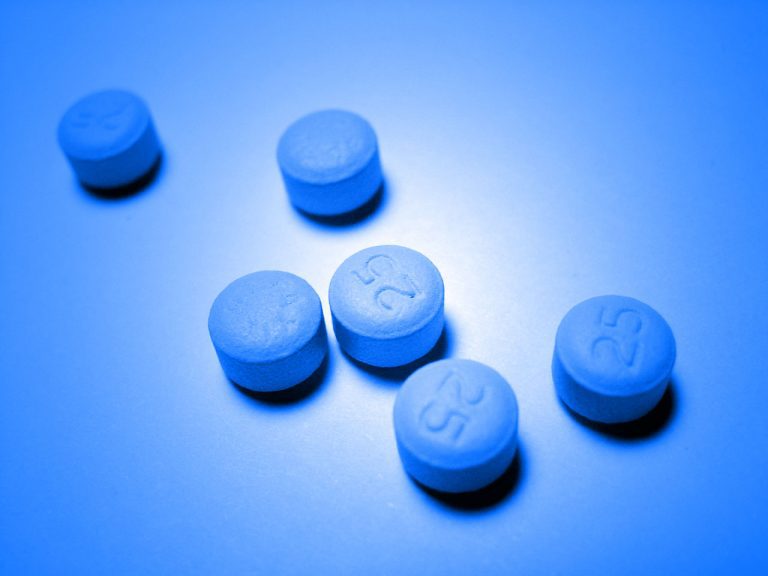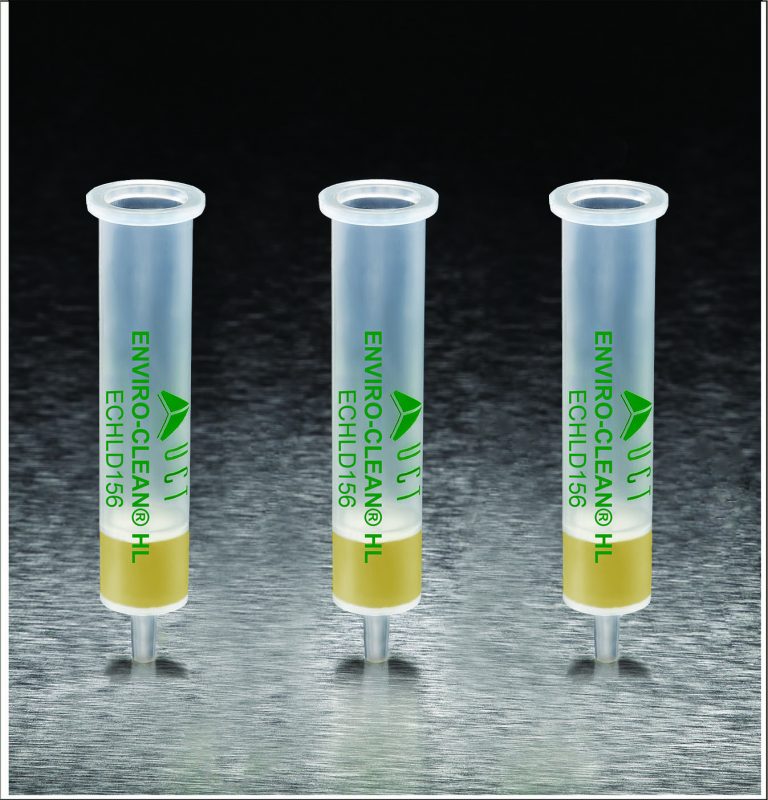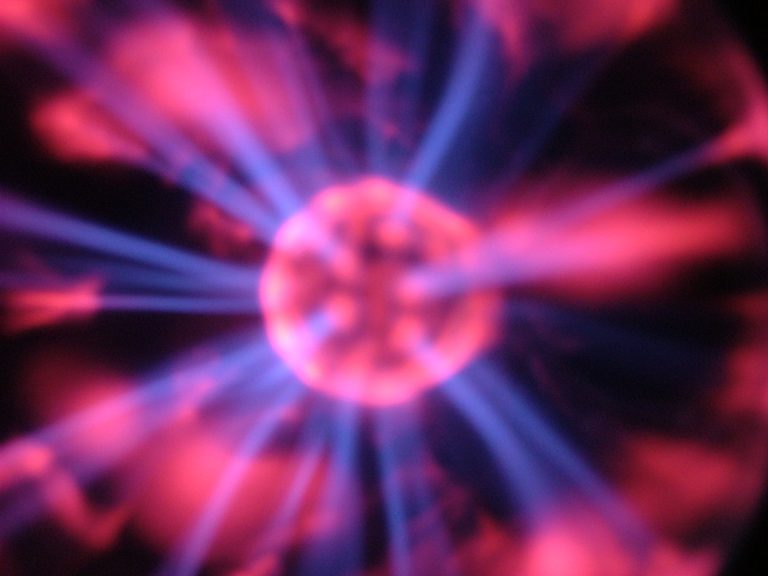UCT Clean Screen GHB Column Cited in Analytical Letters
As a drug of abuse,Gamma-hydroxybutyric Acid (GHB) is often over looked by analysts conducting forensic toxicological analyses unless specifically requested to test. This is primarily due to GHB’s difficutly in responding accurately to immunoassays or chromatographic screens. GHB has a short half-life in the human body and may be determined at less than 8 hours in blood and 12 hours in urine. Consequently, the sensitivity of the instrumentation and the extraction procedure for GHB from biological samples are important factors in its determination.
In this study into GHB analysis, which was published in Analytical Letters ((2016) 49:2 217–225) by Pyo et from College of Pharmacy, Kyungsung University, South Korea, solid-phase extraction (SPE) was conducted using UCT’s Clean Screen GHB SPE columns (CSGHB). The utilized methadology was compared to the commonly emplored liquid– liquid extraction with analysis by gas chromatography—mass spectrometry. Solid-phase extraction enhanced the recovery of 0.5, 1.0, 2.5, 5.0, and 10.0mg/L GHB. The recovery for gamma-hydroxybutyric acid by CSGHB was 64.5– 70.9% compared to 32.6–47.5% by liquid–liquid extraction. SPE using CSGHB also offered shorter analysis time, smaller sample quantities and solvent volumes, and better separation. Both extraction methods were used to analyze urine from an individual that was sexually assaulted. Significant differences were observed in the concentrations of GHB with values of 148.07 and 233.15g/ mL by liquid–liquid extraction and SPE, respectively. The Clean Screen GHB SPE sorbent was developed and manufactured by UCT especially for the forensic toxicology community to confirm the concentrations of GHB in drug facilitated sexual assaults (DFSA) and permits analysts to extract and analyze GHB efficiently and reproducibly.

